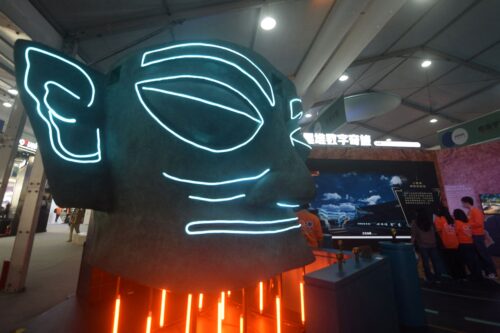
Five Questions for Agustín Fuentes
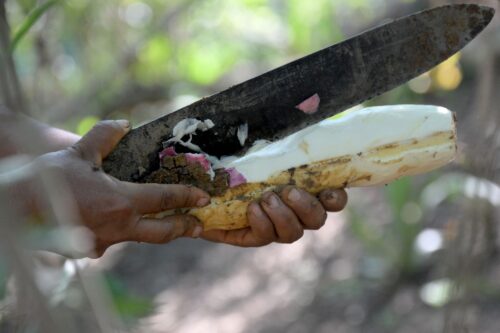
How Women Shaped Human Evolution Through Food Processing
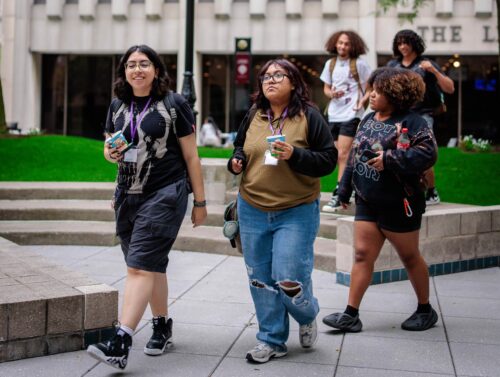
Want to Make Academic Writing More Readable? Ask a High School Student.
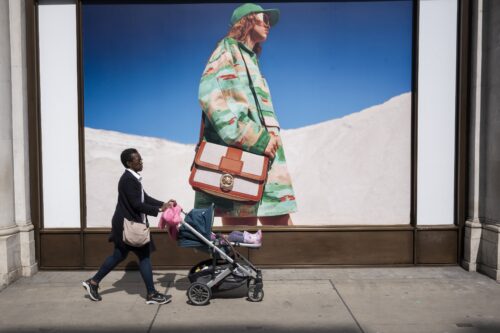
To Raise Children, We Must First Raise Parents
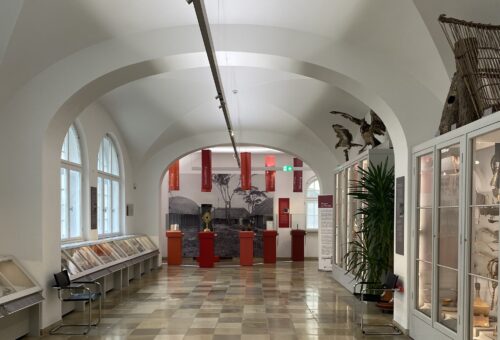
An [un]Heroic Journey
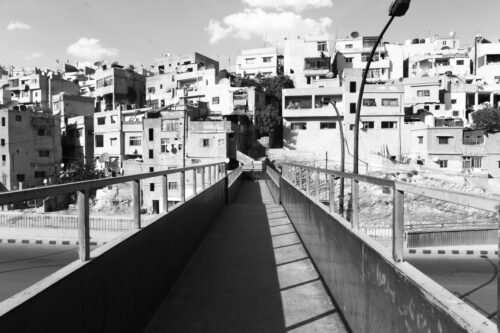
Snapshots of Losing Jenna
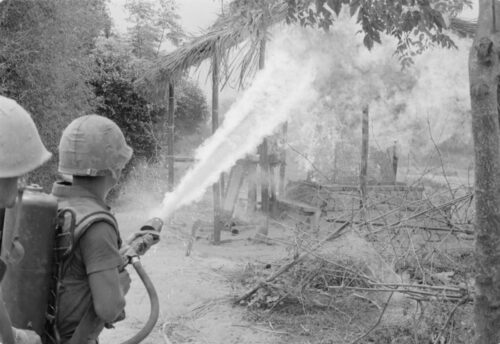
What Vietnam’s Scarred Lands Reveal About Modern Warfare

Uncovering an Archaeology of U.S. Empire in Panama

Descubriendo una arqueología del imperio estadounidense en Panamá

Faire la lumière sur l’archéologie de l’empire américain au Panama

Desvendando a arqueologia do império americano no Panamá
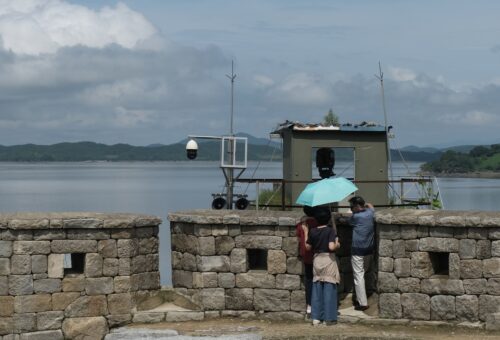
Why Do Swallows Fly to the Korean DMZ?

¿Por qué vuelan las golondrinas a la DMZ coreana?

Pourquoi les hirondelles migrent-elles vers la zone démilitarisée coréenne ?

Por que as andorinhas voam para a zona desmilitarizada coreana?
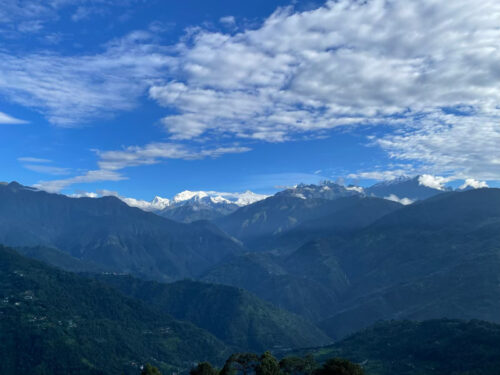
Forest as Kin and Pantry in the Himalayas
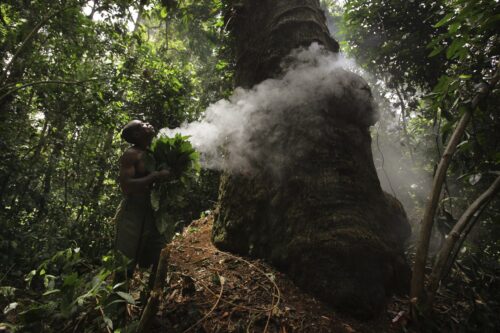
How Societies Morph With the Seasons

Shading U.S. Empire in Puerto Rico’s Ballroom Scene
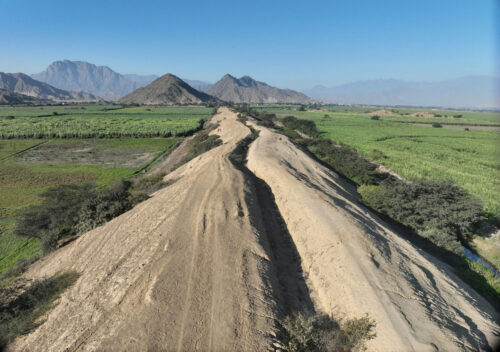
How Cultural Knowledge Sustained Desert Farms in the Ancient Andes
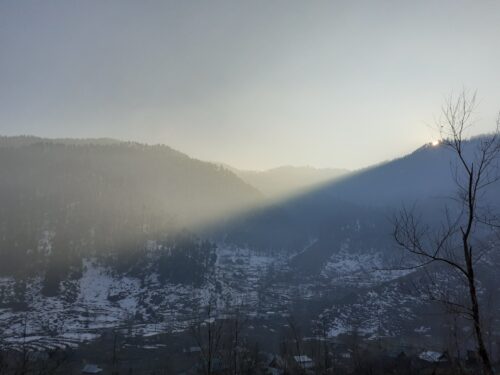
Earworm
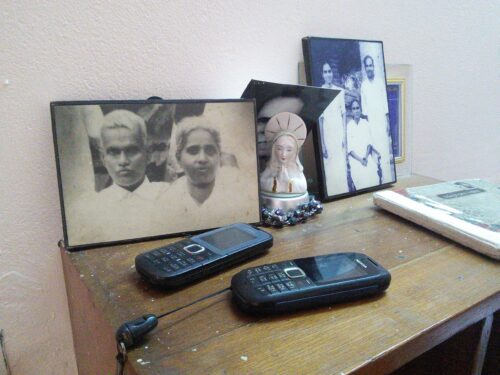
Caring Across Distance—One Call at a Time

Excavating the Traces of Ice Age Foragers
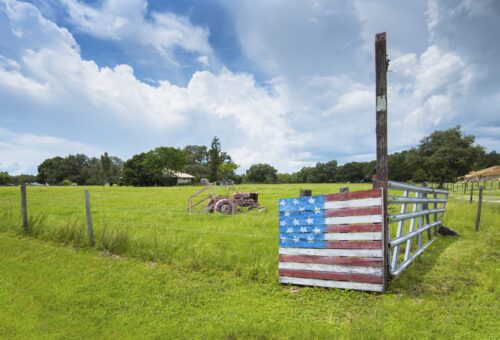
Reclaiming Collective Life in a Fractured U.S.

Ancient Tools in East Asia Reveal Middle Paleolithic Innovation
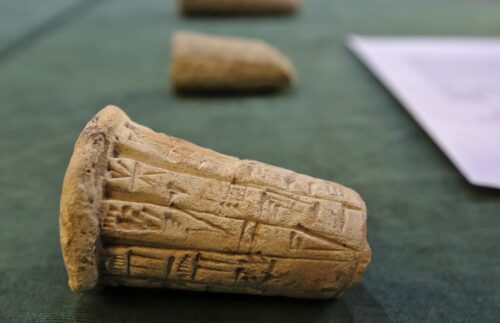
When Wartime Plunder Comes to Campus
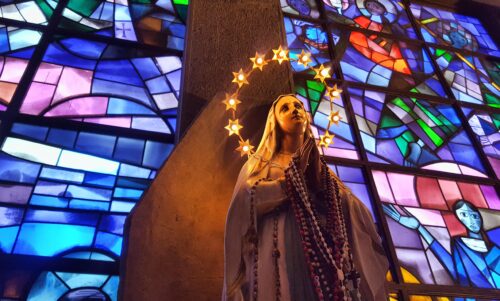
Why Are People Worshipping the Virgin Mary as a Goddess?
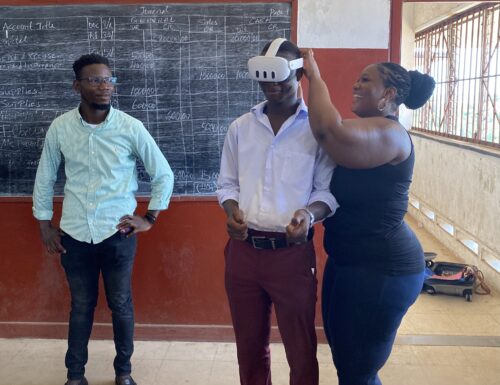
How Virtual Reality Is Restoring Liberia’s Culture
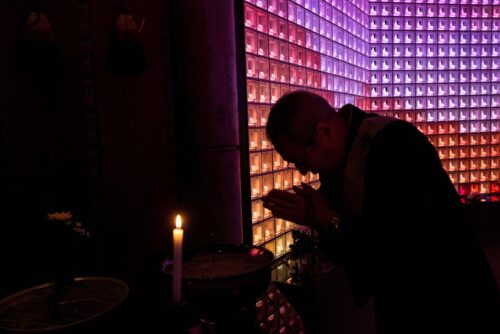
In Japan, Rethinking What It Means to Care for the Dead

Huh? The Valuable Role of Interjections
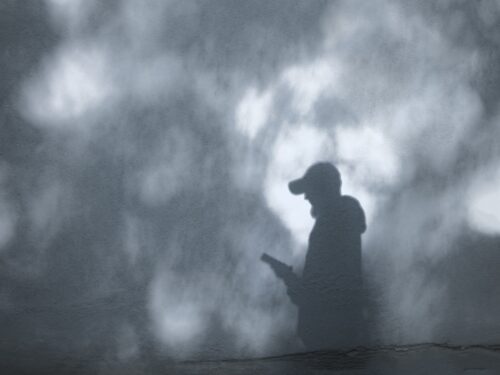
When Calls for Vengeance Go Online
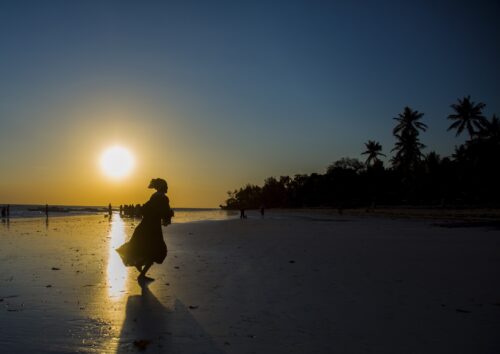
A Poetics of Liberation: An Imagined Archive
